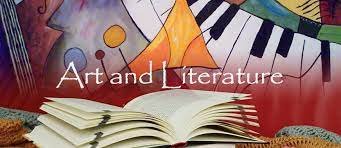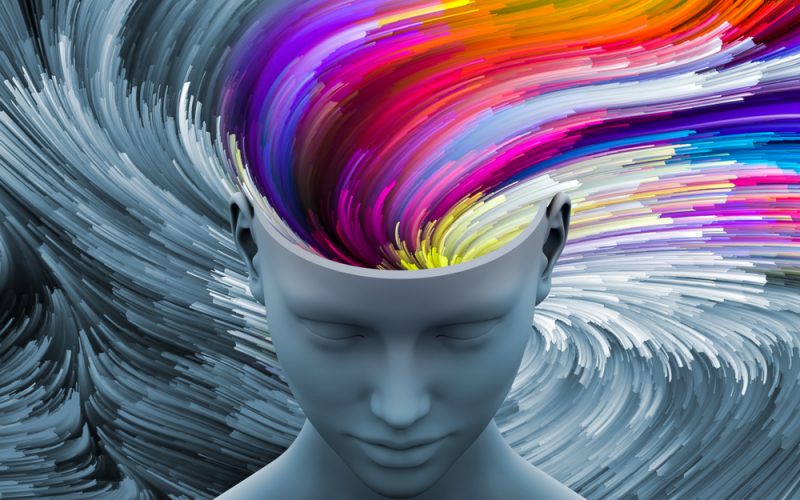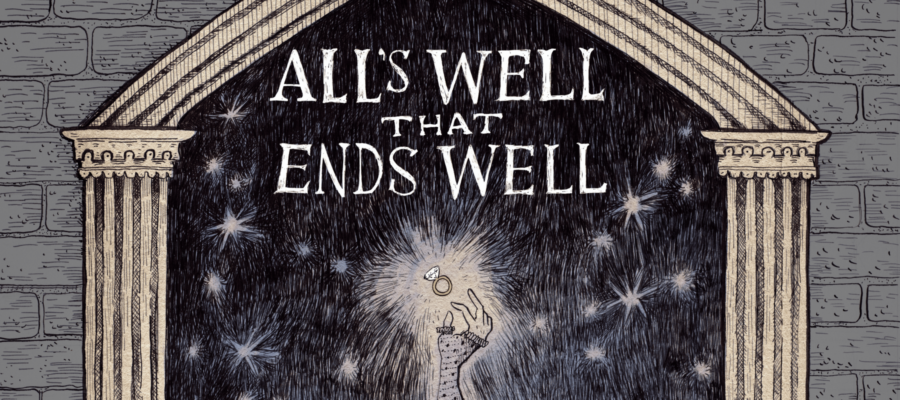Ahmed Naveed
Art and literature are two forms of human expression that can sometimes be confusing to distinguish. Both art and literature can be considered as works of creativity and imagination that convey messages, emotions, and ideas to the audience. However, there are some key differences between art and literature that can help us understand their nature and purpose.
One of the main differences between art and literature is the medium of expression. Art generally tends to be visual and auditory, meaning that it uses images, sounds, colors, shapes, and movements to communicate. Literature, on the other hand, is based on texts, meaning that it uses words, sentences, paragraphs, and symbols to communicate. For example, a painting is a form of art that uses colors and shapes to create a visual representation of a scene or a concept. A novel is a form of literature that uses words and sentences to create a verbal representation of a story or a theme.
Another difference between art and literature is the degree of interpretation. Art is usually more subjective and open-ended, meaning that it can have multiple meanings and interpretations depending on the perspective and context of the viewer or the listener. Literature is usually more objective and closed-ended, meaning that it has a more definite and specific meaning and interpretation that is intended by the author or the narrator. For example, a sculpture is a form of art that can have different meanings and interpretations depending on the culture, history, and background of the observer. A poem is a form of literature that has a more fixed and specific meaning and interpretation that is conveyed by the words, rhymes, and metaphors of the poet.
A third difference between art and literature is the scope and diversity. Art is more universal and diverse, meaning that it can appeal to a wider range of audiences and cultures, and that it can incorporate various elements and styles from different sources and influences. Literature is more specific and limited, meaning that it can appeal to a narrower range of audiences and cultures, and that it can follow certain rules and conventions of a particular language and genre. For example, a song is a form of art that can appeal to people from different countries and backgrounds, and that can combine various musical instruments and genres from different traditions and origins. A essay is a form of literature that can appeal to people from a specific field and discipline, and that can follow certain standards and formats of a particular academic style and topic.
Please, subscribe to the magazines of republicpolicy.com
Art and literature, two fundamental pillars of human expression, have long captivated and inspired individuals across cultures and throughout history. While both forms of art encompass creativity and imagination, they differ in their mediums, interpretive scope, and the diversity of their audience.
Medium: Visual versus Verbal Symphony
Art primarily manifests through visual and auditory elements, employing images, sounds, colors, shapes, and movements to convey messages. Paintings, sculptures, installations, and performances are tangible examples of art that engage the senses, evoking emotions and stimulating the mind.
Literature, on the other hand, relies on the written word, utilizing words, sentences, paragraphs, and symbols to construct narratives, express ideas, and evoke emotions. Novels, poems, plays, and essays are literary expressions that transport readers into worlds of imagination, intellectual exploration, and emotional resonance.
Interpretation: Openness to Subjective Nuances
Art often embraces subjectivity, inviting multiple interpretations and meanings based on the viewer’s or listener’s perspective and context. An abstract painting, for instance, can evoke a myriad of emotions and interpretations, each influenced by the observer’s personal experiences and cultural background.
Literature, while capable of subjective interpretation, often adheres to a more objective and structured approach. The author’s intent and the narrative’s context provide a framework for interpretation, guiding the reader towards a deeper understanding of the literary work’s themes and messages.
Scope and Diversity: Embracing Universality and Specificity
Art transcends cultural and linguistic barriers, appealing to a broad spectrum of audiences worldwide. Its universal language of visual and auditory elements allows for cross-cultural understanding and appreciation. A symphony, for example, can captivate listeners from diverse backgrounds, each connecting with the music’s emotional resonance and cultural context.
Literature, while capable of universal appeal, often finds its niche within specific cultures, languages, and genres. Literary conventions, historical references, and linguistic nuances can influence the accessibility and interpretation of a piece of literature. A poem written in a specific language, for instance, may resonate more deeply with readers who share the language and its cultural context.
A Tapestry of Human Expression
Art and literature, in their diverse and expressive forms, enrich our lives by providing avenues for self-discovery, empathy, and intellectual growth. They offer windows into the human experience, allowing us to connect with emotions, ideas, and perspectives that transcend time and place.
As we explore the world of art and literature, we embark on a journey of self-discovery, understanding the complexities of human nature and expanding our appreciation for the boundless creativity that resides within us all.
Please, subscribe to the YouTube channel of republicpolicy.com

















